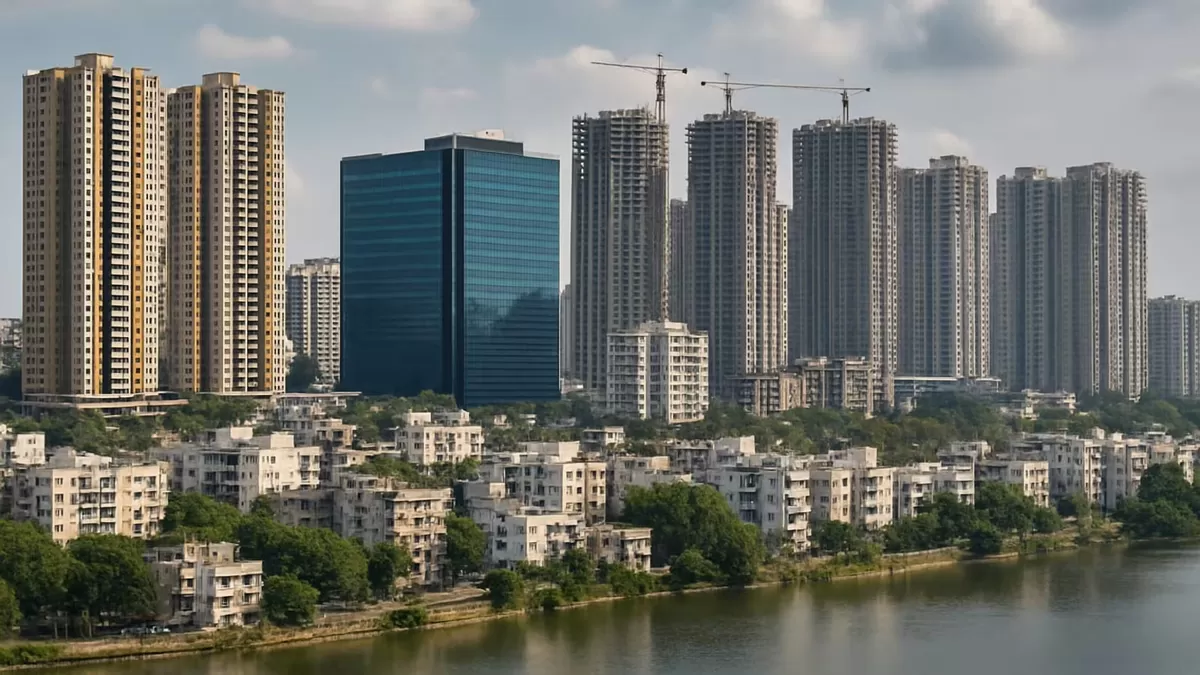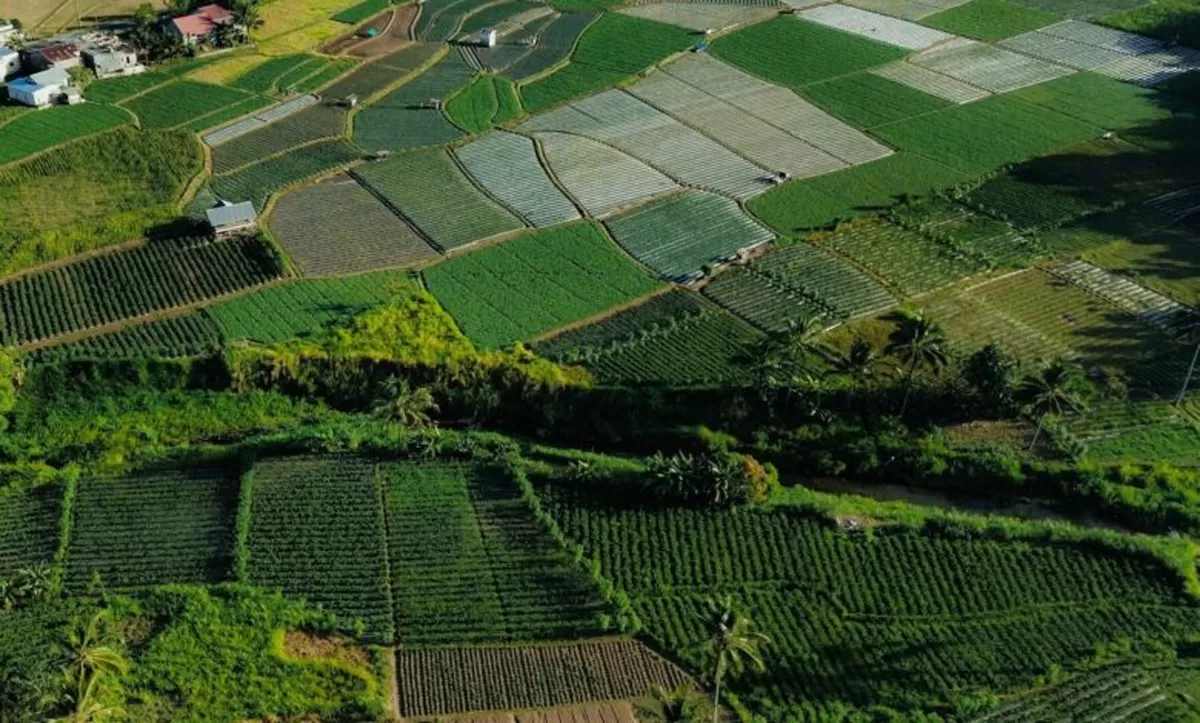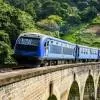Believed to be better than conventional bricks, hollow clay-fired blocks have high durability, excellent fire, thermal and sound insulation, and help speed up construction.
As the population increases in India, so does the demand for faster construction and lighter building materials. One of the most appropriate technologies for the building envelope involves walls made with hollow clay bricks or blocks, used for their characteristics such as high durability and excellent fire, thermal and sound insulation.
The use of hollow clay-fired bricks in the construction of masonry walls is common in Europe and, in recent years, they have gained popularity in South America, the Middle East, North Africa and China. In India, hollow clay-fired blocks have been manufactured in small quantities in brick and tile factories in Kerala and Karnataka for several decades. However, their supply received a boost with the establishment of a large, modern manufacturing facility by brick maker Wienerberger near Bengaluru about a decade ago. Since then, these bricks have been used for a variety of buildings in India. Dr Sameer Maithel, Director, Greentech Knowledge Solutions, shares more on the material and its advantages.
Building application
Hollow clay blocks are mainly used for the construction of external walls and partitions. And, being hollow, they impart thermal insulation to the building. Hollow clay blocks are predominantly used for non load-bearing walls although there are variants of this product that can also be used for load-bearing walls.
In the making Hollow clay blocks are made from clay obtained from mining, de-silting of tanks or rivers, etc. After a quality assessment, the clay is laid in layers on a stockpile and kept outside to ensure consistency. The clay is then shovelled into a box feeder and mixed with sand, powdered waste, other additive materials and water in a mixer to achieve the correct consistency. After this, it is crushed to small granules. After transport, the mixed clay is dropped into an extruder. The processed clay is then extruded into a continuous strip and cut with wires to get blocks of required dimensions. After the extrusion, the blocks are dried in a dryer, which can take 24-48 hours. Here, the moisture content of a brick drops about from 20 per cent to 2 per cent. Last, the dried blocks are then fired or burnt for 24-48 hours in a tunnel kiln or for eight to 15 days in an annular kiln to a temperature of around 1,000oC to give the final product. The firing of the clay bricks helps improve durability through sintering or vitrification, which can be seen as the bonding mechanism of clay particles.
How does it work?
The volume of holes in a hollow clay block exceeds 25 per cent of the total volume and the holes have more than 20 mm width. The standard sizes of these blocks are 400 + 200 + 200 mm or 400 + 200 + 150 mm or 400 + 200 + 100 mm. The holes in these blocks make them lightweight and, therefore, they have lower density (600-800 kg per cu m) compared to conventional burnt clay bricks. The number of holes and their arrangements depend on the type of production machinery and the application. Production of blocks with higher volume of holes and thinner walls require better and more sophisticated brick manufacturing machinery and better control over the manufacturing process. With the increase in the number of holes, the natural convection and surface radiation generally get reduced to some extent.
On the other hand, the increase in holes leads to the increase of heat conduction area in a solid skeleton with higher thermal conductivity.
Advantages in the Indian scenario
The speed of construction with hollow clay-fired blocks is faster compared to conventional red bricks, fly-ash bricks or concrete blocks because it is lighter in weight and bigger in size. These lightweight blocks reduce the dead weight of the building and save on steel consumption. To reap this benefit, material selection should be done before the design of the building so it can be designed and constructed for the lower building weight. Walls of hollow blocks can also be constructed with dry fix (a foam type adhesive), which in turn lessens mortar consumption and water for curing. Hollow clay blocks have lower thermal conductivity compared to conventional clay bricks and much lower compared to concrete blocks or concrete walls. The better insulation of walls leads to savings in operational energy and cost of air-conditioning. Also, owing to the mechanised brick-making method of hollow blocks, the finishing of these blocks is better than conventional clay bricks, which results in savings in the material used for plastering the wall.
Need for training
Construction practice with hollow clay blocks is different from that with conventional bricks and can be achieved by providing training to masons. Proper supervision of construction work, particularly for laying of conduits and pipes, is required.
Available and affordable
The cost of these blocks ranges from Rs 2,800-3,700 per cu m (indicative price Rs 50 for 400 + 200 + 150 mm block; Rs 60 for 400 + 200 + 200 mm block), which is on a par with the prices of the other competitive walling products. At present, in India, the manufacturing of the product takes place around Bengaluru, where availability is better compared to other cities. With increase in the number of mechanised plants for clay building products in different parts of the country, these bricks will be produced in larger quantities and find greater application in general building construction.
Ideal for smart buildings
Building construction is expected to peak in the coming decades along with the demand for building materials for walling. Smart buildings should be constructed using walling materials that reduce environmental impact during manufacturing, transportation, construction and building operation. Hollow clay blocks have up to 50 per cent lower embodied energy, use 50 per cent less clay, and have better insulation properties compared to onventional clay bricks. With the promotion of smart buildings, these blocks are gaining popularity, particularly for high-rise construction. Hollow clay-fired blocks have found good acceptance in markets such as Bengaluru and Chennai, and the market for the product is expected to increase several fold in the next five to 10 years.
- Seraphina D´souza
To share your experience and insights on an interesting construction material, write in at feedback@ConstructionWord.in























